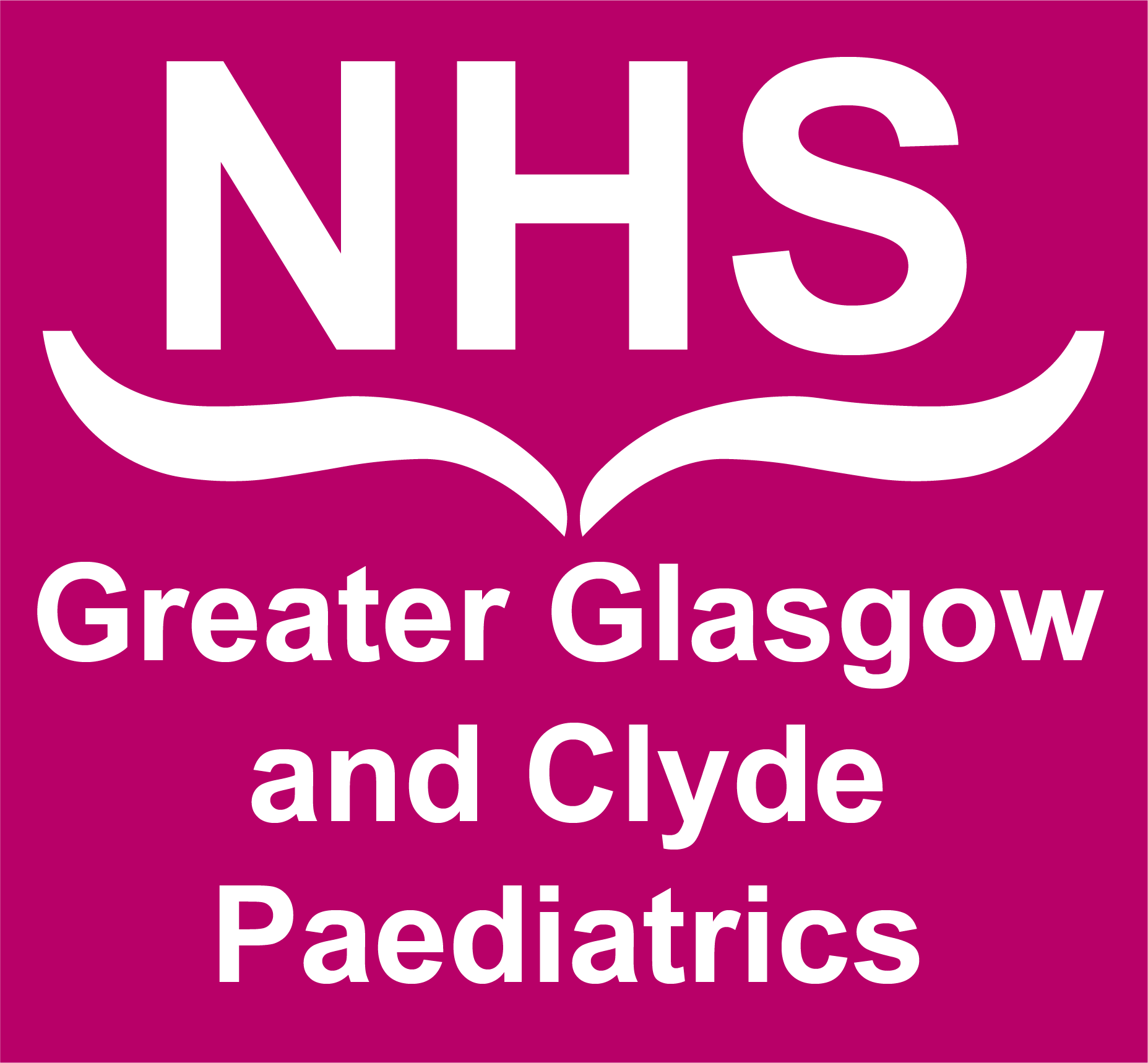NAD is an irritant contact dermatitis most common in the first 2 years of life which can be challenging to prevent and manage. The aim of this guideline is to provide staff with guidance on how to prevent skin break down in this area and how to best manage it if it does.
Napkin care guidelines, neonates

What's new / Latest updates
14/12/2022 An updated version of this guideline is due in early 2023
Audience
This guideline applies to all clinical staff within West of Scotland clinical services caring for neonates and infants who have, or who are at increased risk of Napkin Associated Dermatitis (NAD).
During the interaction of urine and faeces under a nappy there is increased ammonia production which leads to an increase of skin pH in this area. The higher skin pH reduces the barrier function of the skin leaving it more susceptible to damage from the proteolytic and lipolytic enzymes present in faeces. Repeated and/or prolonged exposure to these irritants combined with increased hydration, maceration and friction to the skin under the nappy will likely result in NAD (Buckingham & Berg 1986, Stamatas et al 2011, Coughlin et al, 2014).
The occurrence and severity can be influenced by; age of the infant, volume, consistency and frequency of stooling, diet, medication, underlying disease, existing skin conditions, poor hygiene etc (Longhi et al 1992, Dorko et al 2003, Coughlin et al 1, 2014).
Causes (may be more than one contributing factor) | |
Irritants |
|
Friction |
|
Infection |
|
Dermatological disorders |
|
Others |
|
Diagnosis | |
History |
|
Physical exam |
|
Others |
|
Points for Practice | |
Do’s | Don’t’s |
|
|
(Atherton, 2001, Ehretsmann et al, 2001, Gupta and Skinner, 2004, Ratliff and Dixon, 2007, Adam et al, 2009, Blume-Peytavi et al, 2009, Sarkar et al, 2010, Lavender et al, 2012, Coughlin et al 1, 2014, Couhglin et al 2, 2014) | |
Barrier preparations are used to prevent faeces coming into contact with the skin, reduce humidity and maceration and minimise transepidermal water loss (Ratliff & Dixon, 2007, Wolf et al 2000). For the treatment of NAD a water impermeable cream or ointment should be applied at each nappy change. Yellow soft paraffin (Vaseline) is considered safe for use in neonates (Heimall et al 2012, Rowe et al 2008, Nield & Kamat, 2007, Ratliff & Dixon 2007, Atherton 2001, Holden 1998). For patients at higher risk or those with moderate to severe NAD, a paste containing a water impermeable substance should be used as these are considered to be better at protecting the underlying skin from moisture (Neild & Kamat 2007).
If a patient is experiencing any of the below please commence the moderate to severe regime. Whenever possible try to manage the cause of loose stools e.g. alter diet, limit/change antibiotics.
- Passing frequent loose/watery stools
- Receiving chemotherapy
- Has undergone/is preparing for transplant of any kind
- Is immuno-suppressed
- Reversal of ileostomy/colostomy
- N.B. If the patient has an underlying skin condition please refer to Dermatology for advice.
Cleanse: water wipes or water and soft cotton wipes and pat skin dry.
Barrier preparation: none/yellow soft paraffin (Vaseline) applied very thinly.
Nappy/Pad: use a disposable gel core nappy and change frequently or as soon after soiling as possible.
N.B. : if parents have a regime that is acceptable this should not be changed unless the patient has any of the ‘Special Considerations’ detailed above or starts to develop NAD.
Description: erythema (redness) of skin, no broken areas.
Cleanse: water wipes or water + emollient and pat skin dry.
Barrier preparation: Orabase paste mixed with Yellow soft paraffin (half and half mixture) at each nappy change
Nappy/Pad: use a disposable gel core nappy and change frequently or as soon after soiling as possible. If age/condition permits nurse exposed on an open nappy.
Notes: if there is deterioration in the skin condition please use moderate to severe regime.
N.B. Orabase paste is easier to apply and remove when mixed with yellow soft paraffin. A rough estimation of a half and half mixture is sufficient. Care must be taken not to contaminate either tube of these preparations therefore it is advisable to mix them in a clean receptacle and discard this after 24 hours.
Description: erythema (redness) of skin plus small broken areas.
Cleanse: irrigate using a 20ml syringe with warm water + emollient and pat intact skin dry.
Barrier preparation: apply a non-sting barrier film daily then apply Orabase paste mixed with Yellow soft paraffin (half and half mixture) at each nappy change.
Nappy/Pad: use a disposable gel core nappy and change frequently or as soon after soiling as possible. If age/condition permits nurse exposed on an open nappy.
Notes: if there is deterioration in the skin condition please use severe regime.
Notes: if there is no improvement in 48-72 hours or rapid deterioration please contact Tissue Viability Nurse/Stoma Nurse Specialist/Dermatology as appropriate.
Description: this is the most common infection in NAD. It can be described as a bright red rash with satellite lesions/pustules at margins. This rash may extend into groins and skin folds (Dorko et al 2003). This can occur along with excoriation and so may only be visible at the edges of broken areas of skin.
Management:
DO NOT use a non-sting barrier preparation.
Apply Clotrimazole 1% three times daily for up to 3 weeks even after symptoms have resolved (Hoegar et al 2010).
Apply barrier preparation according to severity of excoriation.
Consider oral/systemic antifungal treatments in severe cases/at risk patients.

